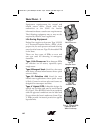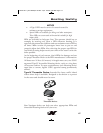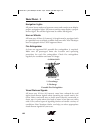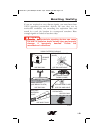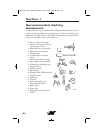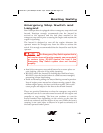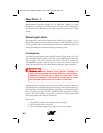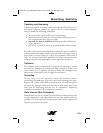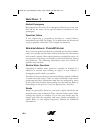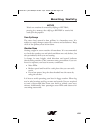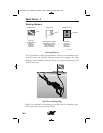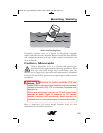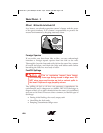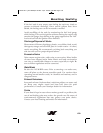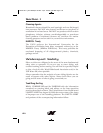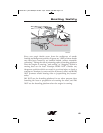
1-24
Section 1
Medical Emergency
Be prepared in the event of an emergency. Know how to use your
first aid kit. Be aware of any special medical conditions of your
passengers.
Operation Failure
If you experience a propulsion, steering or control failure,
immediately turn OFF the engine. Try to determine the failure and
repair, if possible. Otherwise, call or signal for assistance.
Hazardous Conditions
Every waterway poses hazards that you should avoid, such as shallow
water, tree stumps and sand bars. Ask local boaters for information
and consult a marine chart when boating on unfamiliar waters. As
the operator of the boat, you should try to avoid all hazards, known
and unknown. The following information does not contain all
possible water hazards.
Shallow Water Operation
Operating in shallow water presents a number of hazards. If a
vibration is noticed after striking an object, it may indicate a
damaged propeller shaft or propeller.
Sand bars in narrow inlets are constantly shifting, making it difficult
to mark them with buoys. Tides in coastal areas affect water levels
producing sand bars. Sometimes sand bars are indicated by waves
as they form into breakers when passing over the sand bar. Refer to
Grounding, in this section, if you run aground on a sand bar.
Weeds
Weeds are generally a threat to your boat’s engine. Weeds on the
propeller may cause a vibration. They may also restrict water intake
causing the engine to overheat. If you run into weeds, stop the
engine and clear the propeller and water intakes completely of
weeds. Refer to your engine Operator’s Manual for additional
information.
D-Drive Sec 1_2010:Nautique Ski Sec 1.qxd 7/23/09 4:06 PM Page 1-24



